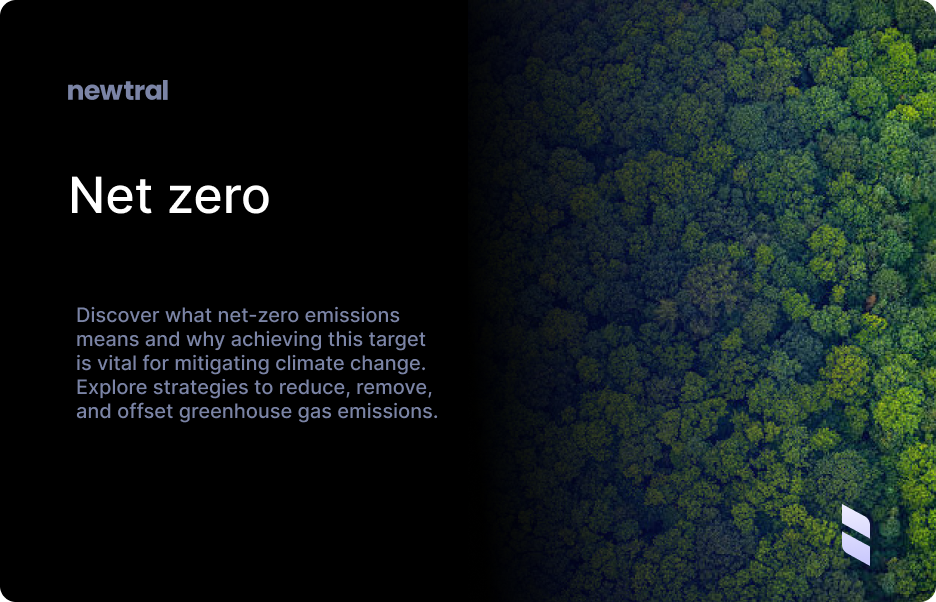What is net zero?
Net zero is achieved when the amount of GHGs emitted into the atmosphere is equal to the amount removed through various methods, such as carbon capture and storage, afforestation, or other technologies
Why is net zero important?
The science shows clearly that in order to avert the worst impacts of climate change and preserve a livable planet, global temperature increase needs to be limited to 1.5°C above pre-industrial levels. Currently, the Earth is already about 1.1°C warmer than it was in the late 1800s, and emissions continue to rise. To keep global warming to no more than 1.5°C – as called for in the Paris Agreement – emissions need to be reduced by 45% by 2030 and reach net zero by 2050.
How to achieve net-zero?
To achieve net-zero, a combination of strategies is required:
- Reducing emissions: Transitioning to renewable energy sources, improving energy efficiency, adopting sustainable transportation, and implementing low-carbon practices across various sectors.
- Removing emissions: Implementing nature-based solutions like reforestation and conservation, as well as carbon capture and storage technologies that remove and store carbon dioxide from the atmosphere.
- Offsetting emissions: Investing in projects that absorb or avoid emissions, such as reforestation, renewable energy projects, or carbon capture technologies.



.png)
%20png%20(1).png)